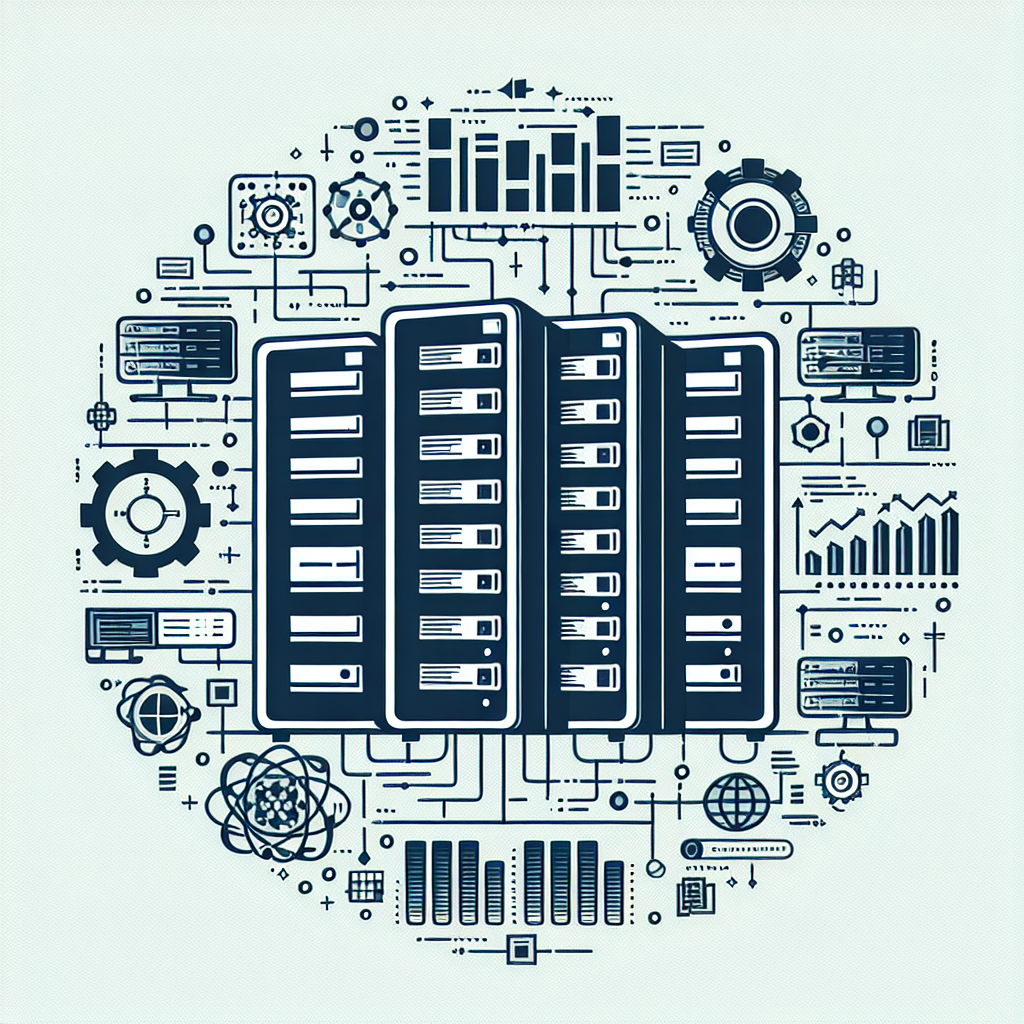When it comes to outsourcing data center services, having a well-defined Service Level Agreement (SLA) is crucial. An SLA is a contract between a service provider and a customer that outlines the level of service that will be provided, as well as the responsibilities of both parties. In the case of data center services, an SLA helps ensure that the data center meets the needs of the customer and operates efficiently.
There are several key components that should be included in a data center SLA to ensure that both parties are on the same page and that expectations are clearly outlined. These components include:
1. Service scope: This section of the SLA outlines the specific services that will be provided by the data center, such as server hosting, network connectivity, security, and disaster recovery. It is important for both parties to have a clear understanding of the services that will be provided to avoid any misunderstandings.
2. Performance metrics: Performance metrics outline the standards by which the data center will be measured. This can include uptime guarantees, response times for support requests, and network availability. By including specific performance metrics in the SLA, both parties can track the performance of the data center and ensure that it is meeting expectations.
3. Service availability: Service availability is a critical component of any data center SLA. This section outlines the uptime guarantees that the data center will provide, as well as any planned maintenance windows or downtime. It is important for the SLA to clearly outline the consequences if the data center fails to meet its availability targets.
4. Security and compliance: Data security and compliance are top priorities for any data center. The SLA should outline the security measures that will be implemented to protect customer data, as well as any compliance requirements that the data center must adhere to. This can include industry-specific regulations such as HIPAA or GDPR.
5. Support and escalation procedures: The SLA should also include details on the support services that will be provided by the data center, as well as the procedures for escalating issues. This can include details on how support requests will be handled, response times for critical issues, and the process for escalating issues to higher levels of support.
6. Reporting and review: It is important for both parties to regularly review and assess the performance of the data center. The SLA should include details on how performance will be measured, as well as how reports will be generated and shared with the customer. Regular reviews of the SLA can help identify any areas that need improvement and ensure that the data center is meeting its obligations.
In conclusion, a well-defined SLA is essential for any data center service provider to ensure that both parties are on the same page and that expectations are clearly outlined. By including key components such as service scope, performance metrics, service availability, security and compliance, support and escalation procedures, and reporting and review processes, data center SLAs can help ensure a successful partnership between the data center and its customers.


Leave a Reply